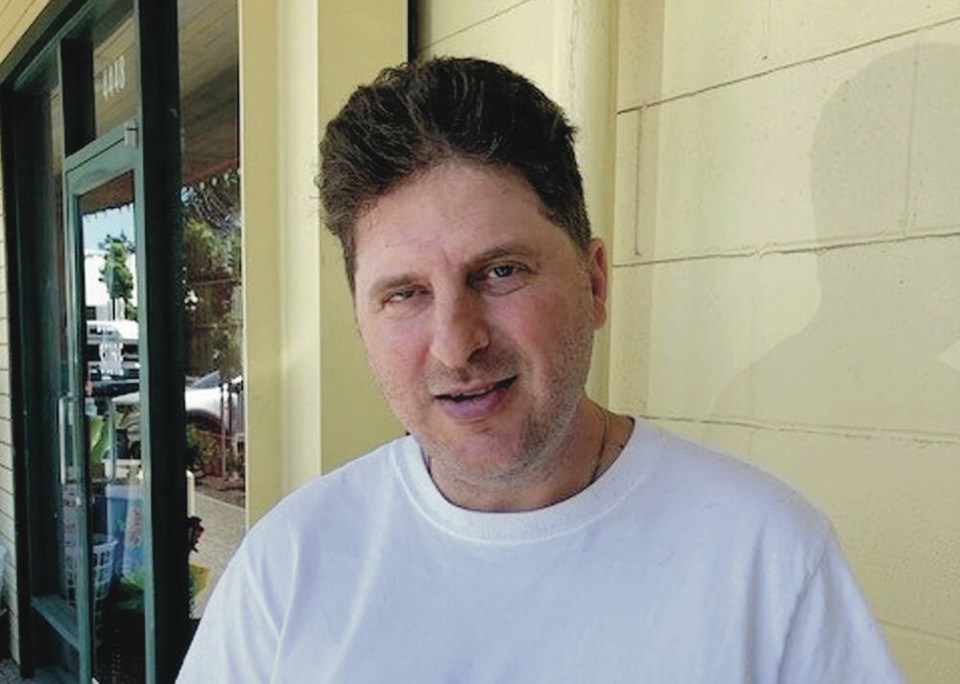The lawyer for the family of a man who died at Royal Jubilee Hospital after an altercation with security guards in 2019 challenged a guard’s version of events, at a coroner’s inquest on Thursday.
Richard Neary, who represents the mother of Paul Spencer, who died after being cocooned in a blanket from shoulder to feet and placed face down in a seclusion room at the hospital, pointed to inconsistencies in the guard’s written account of the case, and said it served to make Spencer sound to be a greater risk than he was.
“The truth has been concealed by these initial false reports,” Neary said. “There was a pattern of reports being created that were wildly at odds with the truth, and wildly at odds with what’s depicted in the video footage.”
Spencer, 43, who had been diagnosed with a psychotic disorder, was brought to the hospital by Saanich police after they were contacted by his mother, Angela.
His last few minutes were captured on security video from the hospital, and played at the inquest this week.
Neary said Guiseppe Moonie-Tkachuk, who was the first guard to encounter Spencer after he tried to leave the hospital’s Psychiatric Emergency Services unit through an exterior door, wrote in his report that Spencer had run toward the door and was hitting it.
Moonie-Tkachuk testified at the inquest, however, that he didn’t see Spencer until he was actually at the door.
The language in the report could be seen as adding an element of danger to Spencer’s demeanour that isn’t warranted, Neary said.
“Mr. Spencer died and you were trying to justify your actions,” he said to Moonie-Tkachuk.
Moonie-Tkachuk firmly denied that.
Inquest counsel Rolf Warburton objected to Neary’s comments, saying inquests are meant to find facts and not to look at motives or intentions.
Neary asked Moonie-Tkachuk why his report indicated that Spencer was suicidal when he wasn’t. Moonie-Tkachuk replied that he had been “misinformed.”
The surveillance video from the hospital shows Spencer struggling with Moonie-Tkachuk and ending up on the ground, before he is put in a seclusion room by Moonie-Tkachuk and other security guards.
Spencer was left in the room lying face down on a mattress, cocooned in a blanket to keep him under control.
Moonie-Tkachuk testified that the blankets are wrapped in such a way that they aren’t hard to get out of, but he couldn’t say for sure if Spencer was still wrapped up when staff re-entered the room.
After Spencer had been placed in the room, the guards turned out the lights and left for what Neary said was five to seven minutes before returning with two nurses, so Spencer could be medicated.
Moonie-Tkachuk said he felt something was wrong when he went to turn Spencer over.
He had turned bluish, so Moonie-Tkachuk began giving him CPR.
A medical team was called, but Spencer was later declared dead.
An inquest is not held to find fault but to determine the facts of a death, and to present recommendations to keep similar deaths from happening again.
No legal conclusions are reached by an inquest jury.
>>> To comment on this article, write a letter to the editor: [email protected]



